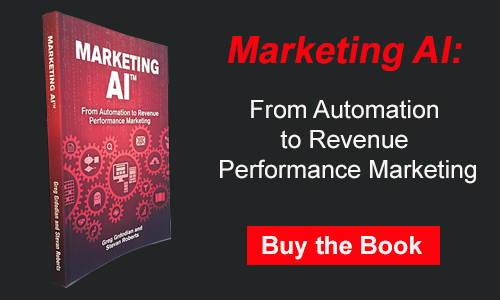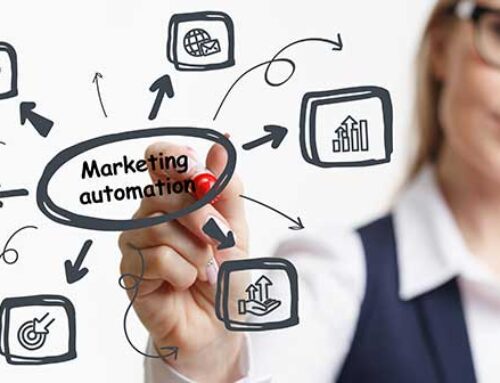Search engine optimization is a natural fit for content-hungry marketing automation systems, but not every organization that’s new to automation knows how to make them play well together. How well your SEO content meshes with your marketing automation platform is critical to the health of both. In this week’s post, you’ll discover how SEO and automation are better together.
The State of SEO
From search engines’ earliest days, SEO has been a key aspect of digital marketing. The earliest SEO focused only on keywords, but it wasn’t long before search engine algorithms began to monitor for signals of relevance, driving keyword stuffing off first-page results. That doesn’t mean SEO itself is no longer relevant; it’s just become more sophisticated. For businesses that put a premium on content that’s relevant and compelling to the people searching for it, that’s good news; for those that combine SEO with marketing automation and all the data-driven insights it delivers, it’s great news.
Current best practices in SEO emphasize user experience and time-on-site over simply drawing plenty of traffic. Keywords are semantically relevant and relate to one another in logical ways. Metadata, that hidden information that readers don’t see such as meta tags and follow/nofollow instructions, still matters as well. Great SEO now relies on content created by people, for people – not machines.
That doesn’t mean the machines aren’t paying close attention, though. That’s where your own machinery, in the form of marketing automation, comes in. Marketing automation technology lets you and your content creation crew hand over routine metadata management to the system, freeing them to focus on the things humans do best.
Research-Driven SEO
Your marketing automation system is made to gather, organize, and correlate data. Instead of guessing at semantically related keywords, you and your marketing automation consultant can use data gathered by your software to find the ones that resonate with your specific audience.
We use the word “specific” for a reason. Specificity is an important part of what automation brings to the table. Customers want a full user experience, not just generic information; by fusing customer insights from your marketing automation system and compelling SEO content, you create that unique user experience that makes your audience feel at ease. That’s particularly important in marketing automation in B2B applications because each lead has such a high lifetime value and long sales cycle.
Targeting SEO Content
Conventional SEO content is set out for leads who then find their way to it, where they either interact with it or bounce from the page. With marketing automation, you add multiple layers of meaning to leads’ behavior beyond whether they stay or bounce. How long do they stay? Where did they come from, and do they stay on your site when they navigate away from their initial landing page? Using this behavioral data, your content team can create SEO content that serves the needs of leads at every point of your sales funnel.
Developing Organic Traffic Streams
Organic traffic is a happy meeting between your leads’ need for information and your ability to fill it. It’s also one of your most valuable sources of highly engaged leads, so it’s well worth seeking more organic traffic. Your marketing automation system integrates with search engine analytics and tracks overall engagement by monitoring time on page, click-throughs, and conversions. When your latest piece of SEO content is hot, the data shows it. When it’s not quite hitting the mark, you’ll learn that too. Over time, this game of hot-and-cold lets you stick with what’s hot and avoid wasted effort.
© Reach Marketing LLC 2016 All Rights Reserved.







